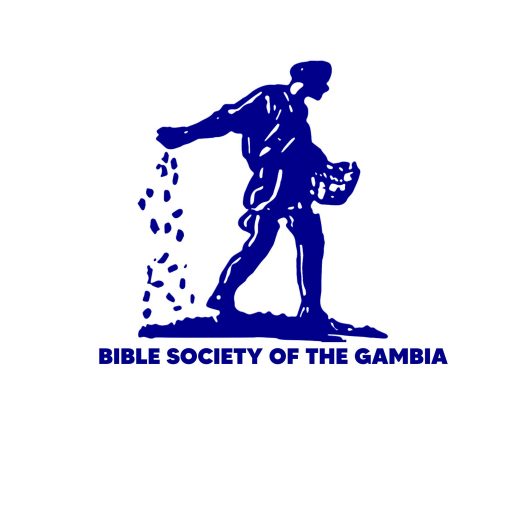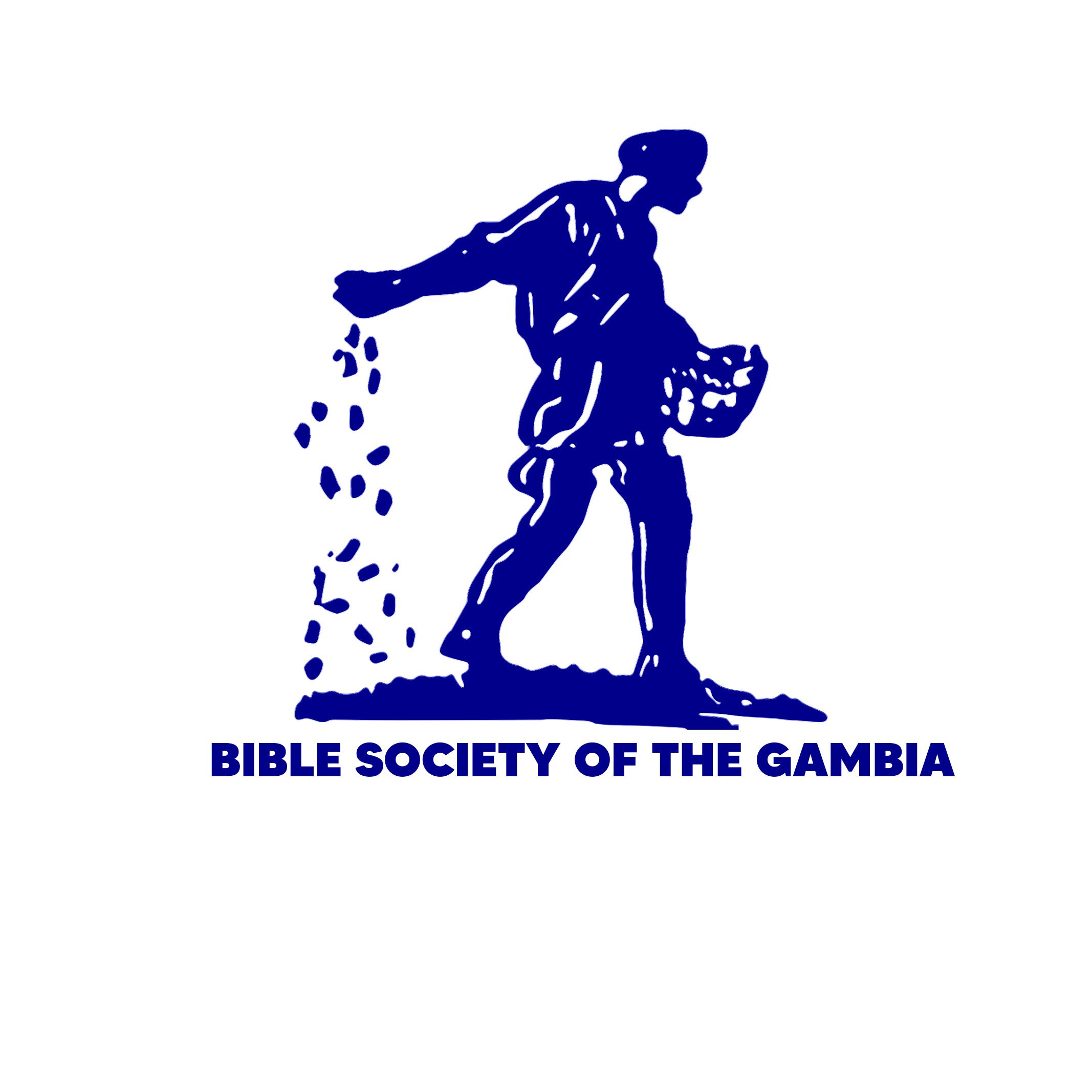Joshua Gives Out the Rest of the Land
1 After Israel had captured the land, they met at Shiloh and set up the sacred tent. 2 There were still seven tribes without any land, 3-7 so Joshua told the people:
The Judah tribe has already settled in its land in the south, and the Joseph tribes have settled in their land in the north. The tribes of Gad, Reuben, and East Manasseh already have the land that the Lord's servant Moses gave them east of the Jordan River. And the people of Levi won't receive land like the other tribes. Instead, they will serve the Lord as priests.
But the rest of you haven't done a thing to take over any land. The Lord God who was worshiped by your ancestors has given you the land, and now it's time to go ahead and settle there.
Seven tribes still don't have any land. Each of these tribes should choose three men, and I'll send them to explore the remaining land. They will divide it into seven regions, write a description of each region, and bring these descriptions back to me. I will find out from the Lord our God what region each tribe should get.
8 Just before the men left camp, Joshua repeated their orders: “Explore the land and write a description of it. Then come back to Shiloh, and I will find out from the Lord how to divide the land.”
9 The men left and went across the land, dividing it into seven regions. They wrote down a description of each region, town by town, and returned to Joshua at the camp at Shiloh. 10 Joshua found out from the Lord how to divide the land, and he told the tribes what the Lord had decided.
Benjamin's Land
11 Benjamin was the first tribe chosen to receive land. The region for its clans lay between the Judah tribe on the south and the Joseph tribes on the north. 12 Benjamin's northern border started at the Jordan River and went up the ridge north of Jericho, then on west into the hill country as far as the Beth-Aven Desert. 13-14 From there it went to Luz, which is now called Bethel. The border ran along the ridge south of Luz, then went to Ataroth-Orech and on as far as the mountain south of Lower Beth-Horon. At that point it turned south and became the western border. It went as far south as Kiriath-Baal, a town in Judah now called Kiriath-Jearim.
15 Benjamin's southern border started at the edge of Kiriath-Jearim and went east to the ruins and on to Nephtoah Spring. 16 From there it went to the bottom of the hill at the northern end of Rephaim Valley. The other side of this hill faces Hinnom Valley, which is on the land that slopes south from Jerusalem. The border went down through Hinnom Valley until it reached Enrogel.
17 At Enrogel the border curved north and went to Enshemesh and on east to Geliloth, which is across the valley from Adummim Pass. Then it went down to the Monument of Bohan, who belonged to the Reuben tribe. 18 The border ran along the hillside north of Beth-Arabah, then down into the Jordan River valley. 19 Inside the valley it went south as far as the northern hillside of Beth-Hoglah. The last section of the border went from there to the northern end of the Dead Sea, at the mouth of the Jordan River. 20 The Jordan River itself was Benjamin's eastern border.
These were the borders of Benjamin's tribal land, where the clans of Benjamin lived.
21-24 One region of Benjamin's tribal land had twelve towns with their surrounding villages. Those towns were Jericho, Beth-Hoglah, Emek-Keziz, Beth-Arabah, Zemaraim, Bethel, Avvim, Parah, Ophrah, Chephar-Ammoni, Ophni, and Geba.
25-28 In the other region there were the following 14 towns with their surrounding villages: Gibeon, Ramah, Beeroth, Mizpeh, Chephirah, Mozah, Rekem, Irpeel, Taralah, Zelah, Haeleph, Gibeah, Kiriath-Jearim, and Jerusalem, which is also called Jebusite Town.
These regions are the tribal lands of Benjamin.
Tundi toomaalu talaañaa
1 Banisirayilankoolu bee benta Silo saatewo to, bituŋ ì ye Bendulaa Tiriliisi Senuŋo* wanka jee. Bankoo ñiŋ naata tara ì la maroo to. 2 Bari hani saayiŋ, Banisirayila lasili woorowula le tuta, mennu maŋ keetaafeŋo soto foloo.
3 Bituŋ Yosuwa naata a fo ì ye ko, “Ali be i batu la fo waati jumaa le la, ka bankoo taa Yaawe* ali faañolu la Alla ye meŋ dii ali la? 4 Lasili-wo-lasili, ali kee saba tomboŋ jee. M be ì kii la le ka taa ñiŋ bankoo bee kaŋ, ka jee keñaa bee safee. Ñiŋ ne be bankoo ñiŋ talaañaa sooneeyandi la. Ñiŋ kewolu bee ñanta muru la naŋ n kaŋ jaŋ ne. 5 Ali ñanta bankoo ñiŋ talaa la siidulaa woorowula le ti. Yahuuda, wo ñanta tu la a noo to le, a be daameŋ bulubaa karoo la, aniŋ Yusufa koomalankoolu, wolu fanaa ñanta tu la ì noo to le maraa karoo la. 6 Niŋ ali ye bankoo la ñiŋ dulaa woorowuloo bee keñaa safee, ali ye ì samba n ye naŋ jaŋ. M be alikuuroo* le ke la ali teema Yaawe ǹ na Alla ñaatiliŋo la. 7 Lewi lasiloo moolu, wolu maŋ nii soto, kaatu itolu ye meŋ soto keetaafeŋo to, wo le mu piriisiyaa* ti Yaawe ye. Kadu, Rubeni, aniŋ Manase lasili talanteemoo, wolu ye ì la keetaafeŋo soto le Yoridani tilibo karoo la. Musa, Yaawe la dookuulaa, wo le ye a dii ì la.”
8 Ñiŋ kewolu la parewo waatoo ka taa bankoo ñiŋ na kuwo koroosi, Yosuwa ye ñiŋ yaamaroo dii ì la le ko, “Ali taa ñiŋ bankoo bee kaŋ, ali ye a keñaa bee safee. Bituŋ ali ye muru naŋ n kaŋ jaŋ. M be alikuuroo le ke la ali teema Silo saatewo to jaŋ Yaawe ñaatiliŋo la.” 9 Bituŋ ñiŋ kewolu wulita ka taa bankoo ñiŋ bee kaŋ. Ì ye bankoo ñiŋ na kuwo koroosi, ì ye a talaa talaadaa woorowula le ti. Aduŋ ì ye a saatewolu bee safee wo le ñaama kitaaboo kono. Bituŋ ì muruta Yosuwa kaŋ ì la daakaa to, Silo saatewo to. 10 Wo le to Yosuwa naata alikuuroo ke ì teema Silo saatewo to jee, Yaawe ñaatiliŋo la. Jee le to, a naata bankoo ñiŋ talaa Banisirayila lasili toomaalu teema.
Benjamini lasiloo la tundoo
11 Alikuuroo keta Benjamini lasiloo moolu le foloo teema, ka bo kaabiila ka taa kaabiila. Itolu la tundoo tarata Yahuuda lasiloo niŋ Yusufa lasiloo la tundoolu le teema.
12 Maraa karoo la, ì la naanewo datita Yoridani Boloŋo le to la. A tambita wo la Yeriko daala konko seleraŋ siloo maraa kara maafaŋo to la, ka tiliŋ wo la konkotundoo* kaŋ tilijiyo la, ka taa fo Beti-Aweni keñewuloo* kono. 13 Ka bo wo to la, a taata wo la Lusi konko jindaalu la, bulubaa karoo la; Lusi, ì ka ate le fanaa kumandi Beteli la. Bituŋ a tententa wo la ka taa Ataroti-Adari fo konkoo to, meŋ be Beti-Horoni-Duuma ye bulubaa karoo la.
14 Bituŋ a muruta wo la ka bo konkoo ñiŋ tilijii kara maafaŋo to la, ka tiliŋ wo la Kiriyati-Baali bulubaa karoo la. Kiriyati-Baali, ì ka ate le fanaa kumandi Kiriyati-Yeyarimu la. Ñiŋ saatewo be Yahuuda lasiloo moolu le la maroo to. Ñiŋ ne mu tilijii kara maafaŋo naanewo ti.
15 Bulubaa karoo la, naanewo ñiŋ datita Kiriyati-Yeyarimu kenekoomoo le to tilijii karoo la. Bituŋ a naata wo la fo Nefutowa Woyoo bala. 16 Naanewo ñiŋ tententa fo konkosiŋo to la Refayimu Wulumbaŋo maraa kara maafaŋo la. Jee le mu dulaa ti, Beni-Hinnomu Wulumbaŋo datita daameŋ. A tententa wo la ka taa Hinnomu Wulumbaŋo to la ka tambi naŋ konko jindaalu la Yebusinkoolu la saatewo daala bulubaa karoo la, ka naa wo la Eni-Rokeli.
17 Bituŋ a muruta wo la naŋ maraa karoo la ka taa Eni-Semesi bala, ka tenteŋ wo la fo Keliloti. Keliloti, ate be tilindiŋ Adummimu konko seleraŋ siloo le la. Bituŋ a tententa wo la fo beroo doo to, ì ka a fo meŋ ye ko, Bohani Beroo. Bohani, ate le mu Rubeni dinkewo ti. 18 A tententa wo la ka taa Beti-Araba konko jindaa to la, maraa karoo la, ka jii naŋ wo la fo Araba* tundoo to la. 19 A taata wo la Beti-Hokila konko jindaa to la maraa karoo la, ka naa wo la Koojii Baa dandaŋo to la maraa karoo la. Jee le mu Yoridani Boloŋo daa ti bulubaa karoo la. Ñiŋ ne mu a bulubaa kara maafaŋo naanewo ti. 20 Yoridani Boloŋo le mu a tilibo kara maafaŋo naanewo ti. Ñinnu le mu naanewolu ti, mennu ye Benjamini kaabiila moolu la keetaafeŋo yitandi karoo bee la.
21 Ñinnu le mu saatewolu ti, Benjamini lasiloo moolu ye mennu soto, ka bo kaabiila ka taa kaabiila: Yeriko, Beti-Hokila, Emeki-Kesisi, 22 Beti-Araba, Semarayimu, Beteli, 23 Awimu, Para, Ofura, 24 Kefari-Ammoni, Ofuni aniŋ Keba. Ì taata kaañaŋ saatee baa taŋ niŋ fula le fee, ì niŋ ì dandanna saateeriŋolu. 25 Kibeyoni, Rama, Beeroti, 26 Misipa, Kefira, Mosa, 27 Rekemu, Iripeeli, Tarala, 28 Sela, Helefu, Yebusinkoolu la saatewo meŋ mu Yerusalaamu ti, Kibeya aniŋ Kiriyati. Ì taata kaañaŋ saatee baa taŋ niŋ naani le fee, ì niŋ ì dandanna saateeriŋolu.
Ñiŋ ne mu keetaafeŋo ti Benjamini lasiloo ye, ka bo kaabiila ka taa kaabiila.

